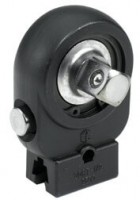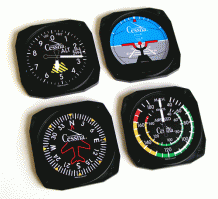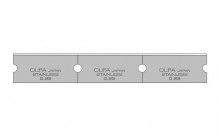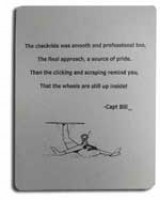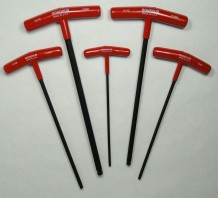FREE SHIPPING ON ORDERS OVER $350 (USA ONLY - SOME EXCLUSIONS APPLY) | 877-288-8077
Ah-64A Apache Model
$285.95/Each
Part# 13-10821
MFR Model# HA64LT
MFR Model# HA64LT
Overview
|
The AH-64 is an attack helicopter of the United States Army and the AH-1 Cobra successor. It was manufactured by the Hughes, McDonnell Douglas, and Boeing IDS. Its maiden flight was on the 30th of September 1975 and it is still active in service. Its primary users are the United States Army, Israel Air Force, Japan Ground Self-Defense Force, and Royal Netherlands Air Force. This helicopter was produced in 1984 up to the present time. The Apache is a two-seat principal attack helicopter with two General Electric T700 turboshaft engines. It carries a mixture of AGM-114 Hellfire and Hydra 70 rockets mounted on its stub wing pylons. It is also armed of 30 mm M230 chain gun. It is built to operate day or night and even in bad weather with the use of avionics and electronics like Target Acquisition and Designation System to endure the front line environment. In 1989, the Apache was used the first time in combat through the invasion of Panama, known as the Operation Just Cause. Two of its variants, the AH-64A and the AH-64D, have the most important role in some of the wars in the Middle East such as the Gulf War, the Operation Enduring Freedom in Afghanistan, and the Operational Iraqi Freedom in Iraq. These two variants are serving the United States Army. They are the major models of the AH-64. |
WARNING: Cancer and Reproductive Harm - www.P65Warnings.ca.gov. |
Q&A
Please note, Pilotshop.com's personnel are not certified aircraft mechanics and can only provide general support and ideas, which should not be relied upon or implemented in lieu of consulting an A&P or other qualified technician. Pilotshop.com assumes no responsibility or liability for any issue or problem which may arise from any repair, modification or other work done from this knowledge base. Any product eligibility information provided here is based on general application guides and we recommend always referring to your specific aircraft parts manual, the parts manufacturer or consulting with a qualified mechanic.


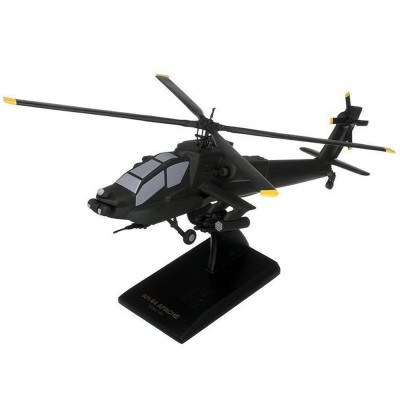





 FREE Shipping
FREE Shipping
